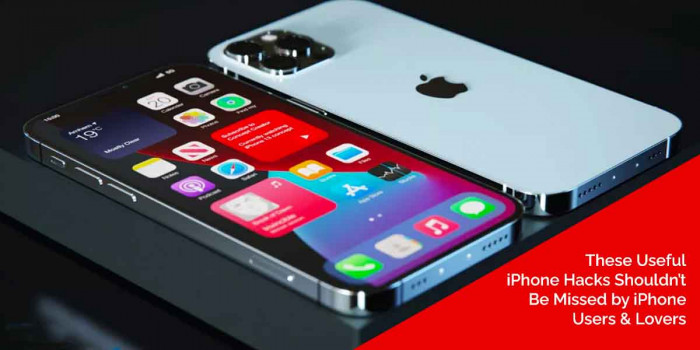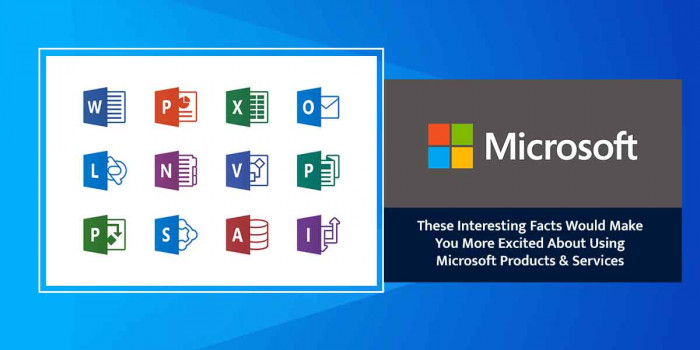History of Microsoft: The Incredible Journey from its Inception to Being a Tech Giant
Microsoft Windows was announced in 1983 by Bill Gates. The company announced it as a graphical user interface for MS-DOS, which was introduced earlier.
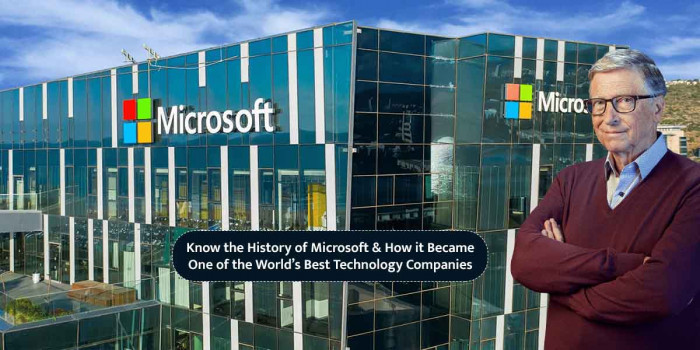
Microsoft is an American multinational technology company with its headquarters based in Redmond, Washington. The company manufactures, supports, licenses, and sells computers, computer software, and electronics. Everyone knows about Microsoft services and its products. But a very few people know the history of Microsoft and its corporate identity.
This big company was founded by Bill Gates and Paul Allen on 4th April 1975 and sold Basic interpreters for the Altair 8800. It dominated the personal computer operating system market with MS-DOS in the mid-1980s. The company’s 1986 initial public offering and rise in share price created three billionaires and over 12000 millionaires among employees. Since the 1990’s the company has diversified from the operating system and has made several corporate acquisitions.
In 2019, the company reached the trillion-dollar market cap and became the third US public company to be valued at over $1 trillion after Amazon and Apple. In 2020, the company became the third-highest global brand valuation according to Forbes, Interband, and other brand consultancies.
Allen and Gates started Microsoft to produce software for the Altair 8800 on a personal computer. When they started this company, Allen quit his job as a programmer, and Bill Gates left Harvard University. The company is known for providing the best work atmosphere to enhance employee productivity. For instance, Microsoft Japan tried a 4-day workweek and found that employee productivity increased by 40%.
Let us read about the history of Microsoft and how it became the best technology company worldwide.
History of Microsoft - Timeline
Founding of Microsoft (1972-1985)
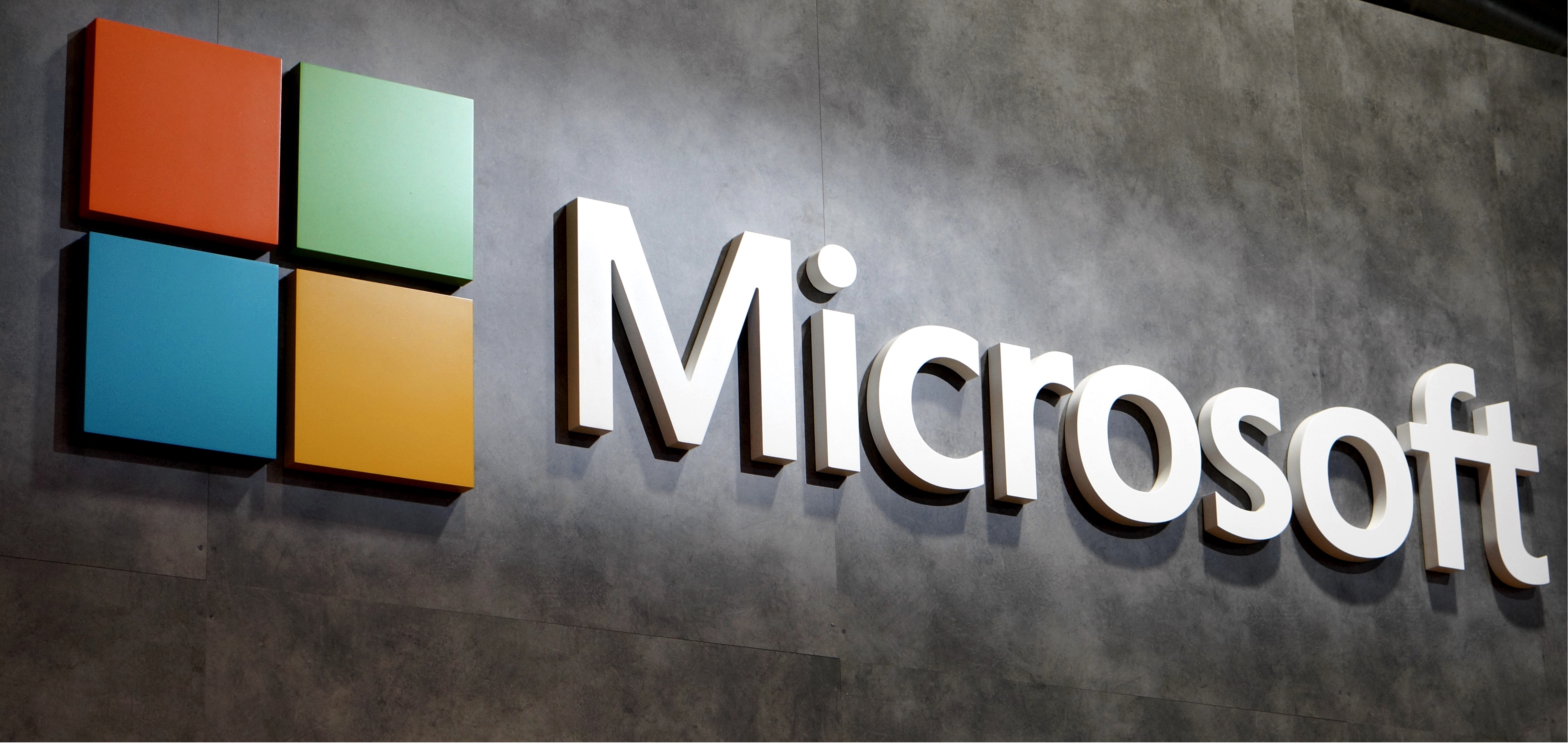
Bill Gates and Paul Allen were childhood friends and planned to start a business using their computer programming skills. Earlier, in 1972, the two founded Traf-O-Data, which sold computers to track and analyze automobile traffic data.
In 1975, the issue of Popular Electronics featured Micro Instrumentation and Telemetry System (MITS) Altair 8800 microcomputer inspired Allen to suggest that they could program a BASIC (a high-level programming language) interpreter for the device. Allen worked on a simulator for the Altair while Gates developed the interpreter. The two demonstrated this to MITS in March, and it agreed to distribute it to Altair BASIC.
The company entered the Operating System business in 1980 with its UNIX version called Xenix. But, it was MS-DOS that gave the company a great presence. Later, IBM awarded the company a contract with Microsoft in 1980 to provide a version of the CP/M OS to be used in IBM’s personal computer. The company extended into markets with the release of Microsoft Mouse in 1983 and with a publishing division named Microsoft Press.
Release of Microsoft Windows and Office (1985-1994)
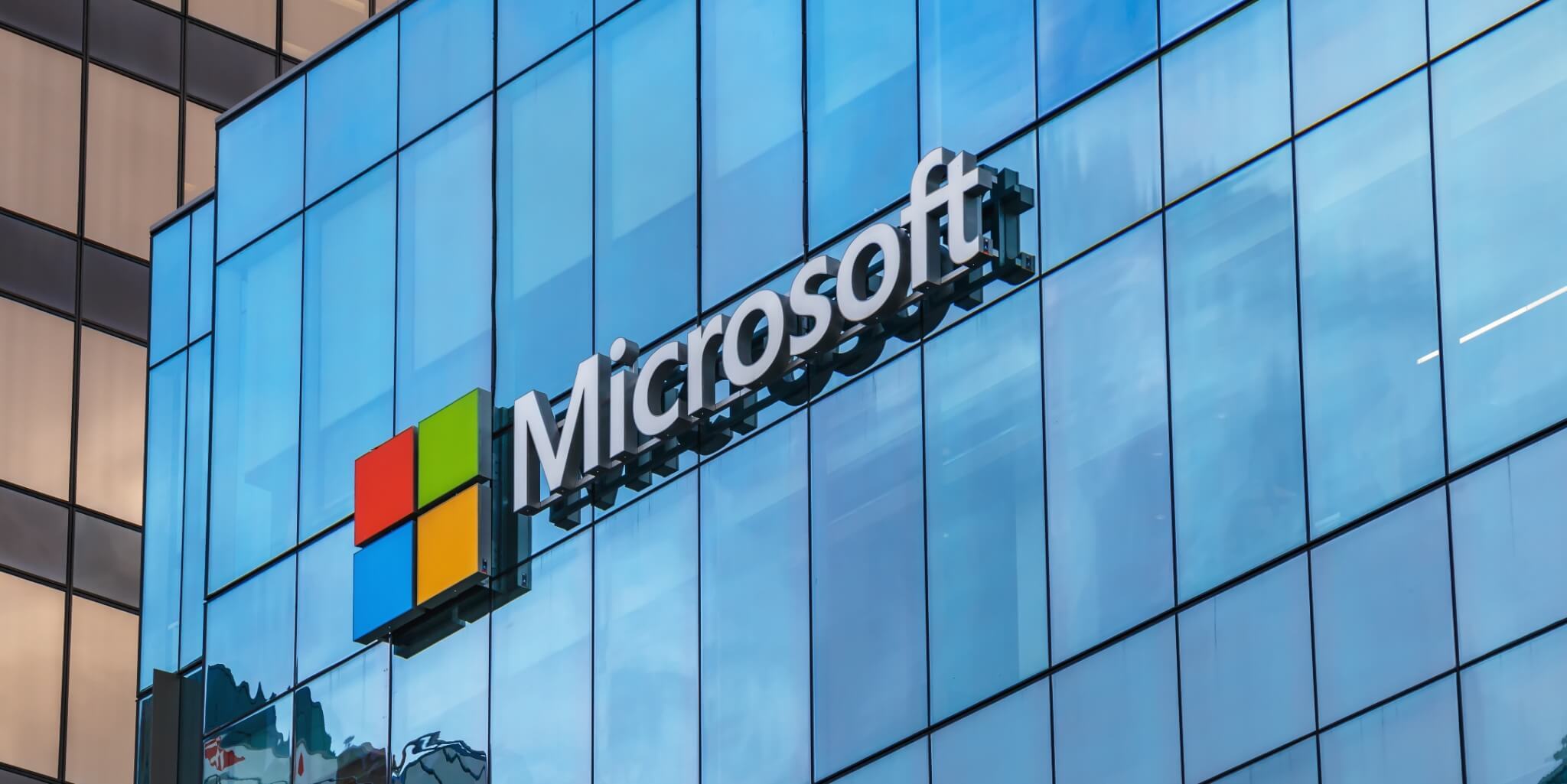
Microsoft released windows in November 1985 as a graphical extension for MS-DOS. The company moved its headquarters from Bellevue to Redmond, Washington, and went public on March 13.
In 1990, the Federal Trade Commission examined Microsoft for collusion due to its partnership with IBM and marked the beginning of more than a decade of clashes with the government.
The same year, Microsoft introduced the Microsoft Office suite, which bundled applications like Microsoft Word and Excel. On May 22, the Office Suit launched Windows 3.0 and featured user interface graphics and improved mode capability for the Intel 386 processor.
Introduced Web, Windows 95, Windows XP, and Xbox (1994-2006)
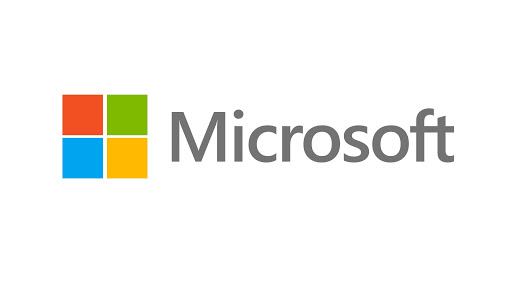
Following Bill Gates Internet Wave Memo in 1995, the company began to expand its product line into WWW and computer networking. Later, Microsoft became the only company that acted fast to be a part of WWW from the start.
The company released Windows 95 in 1995 and featured preemptive multitasking, thus, gave a new user interface with a novel start button and 32-bit compatibility. Windows 95 came equipped with the online service MSN, which was intended to be a competitor to the Internet. Microsoft created Windows CE 1.0 as a new OS designed for devices with memory and other constraints.
In 2000, Bill Gates gave the responsibility of CEO position to Steve Ballmer, one of the college friends and employees of the company since 1980. Several companies, including Microsoft, formed the Trusted Computing Platform Alliance in October 1990 to protect property through changes in hardware and software.
Other companies decried the alliance as a way to enforce restrictions over how customers are using the software. In April 2000, a judgment was handed down in the case of Microsoft, calling it an abusive monopoly. The company then settled with the U.S Department of Justice in 2004. In 2001, Microsoft released Windows XP and NT lines of OS under the NT codebase.
The same year, the company released Xbox and entered the video game console dominated by Nintendo. In November 2005, the company’s second video game console was released. One was the basic version that can be purchased at $299.99 and the deluxe version at $399.99.
Microsoft Azure, Windows 7, Windows Vista, and Microsoft Stores (2006-2011)
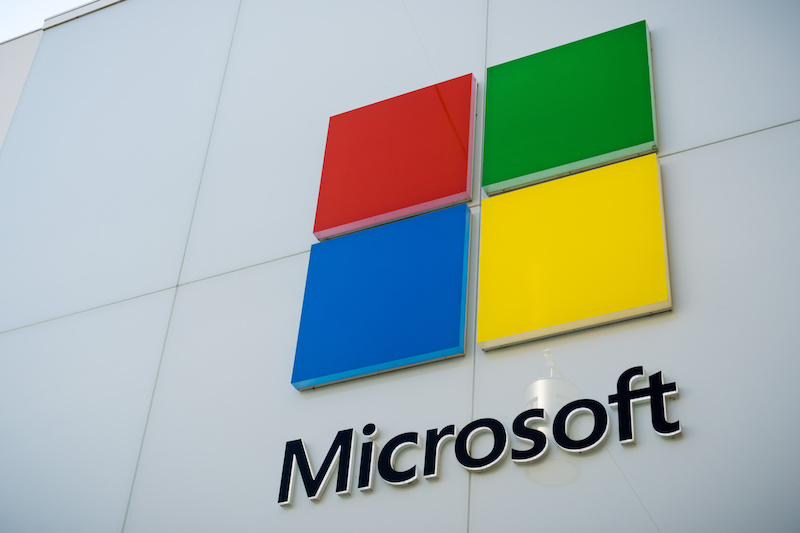
The next version of Windows, Vista, focused on security and user interface dubbed Aero. Microsoft Office 2007 was released at the same time and featured Ribbon user interface. In 2008, Bill Gates retired from his role as a Software architect. However, he retained other positions related to the company. In 2009, the company announced its intent to open a chain of Microsoft retail stores.
After the smartphone industry boomed in the 2000s, Microsoft struggled to compete with its rivals in providing smartphone operating systems and failed behind Apple and Google. In 2010, the company revamped its flagship mobile operating system and replaced it with a new Windows Phone OS. The company implemented several strategies for the software industry and provided a consistent user interface for smartphones using the Windows Phone OS.
Windows 8/8.1/ Xbox, One, Outlook.com and Surface Devices (2011-2014)
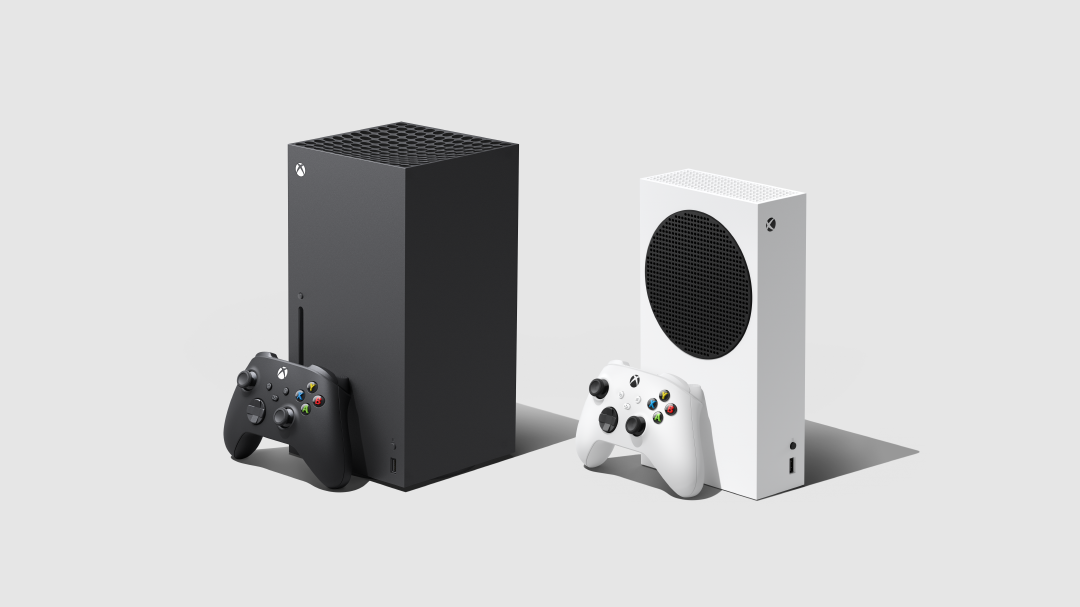
After the release of Windows Phone, Microsoft rebranded its product range throughout 2011 and 2012. It unveiled Windows 8, which is designed to operate tablet and personal computers. In 2012, Microsoft sold its 50% of stake in MSNBC.
On October 1, the company announced its plan to launch a news operation with Windows 8 later in the same month. In 2012, Microsoft launched Windows 8 and Microsoft Surface (a series of touchscreen-based personal computers). In 2012, the New York City Police Department announced a partnership with Microsoft for the development of the Domain Awareness System.
In 2010, Microsoft developed a motion-sensing input device as a video game controller. The device was upgraded for the release in 2013 of the Xbox One Video game console. Microsoft filed a patent application in 2011 and suggested that the corporation might use the Kinect camera system to observe the behavior of television viewers.
In 2013, Microsoft stocks suffered the biggest percentage sell-off since the year 2000. Later, the company announced that it would reorganize the business into four new business divisions.
Launch of Windows 10, Microsoft Edge, HoloLens (2014-2020)
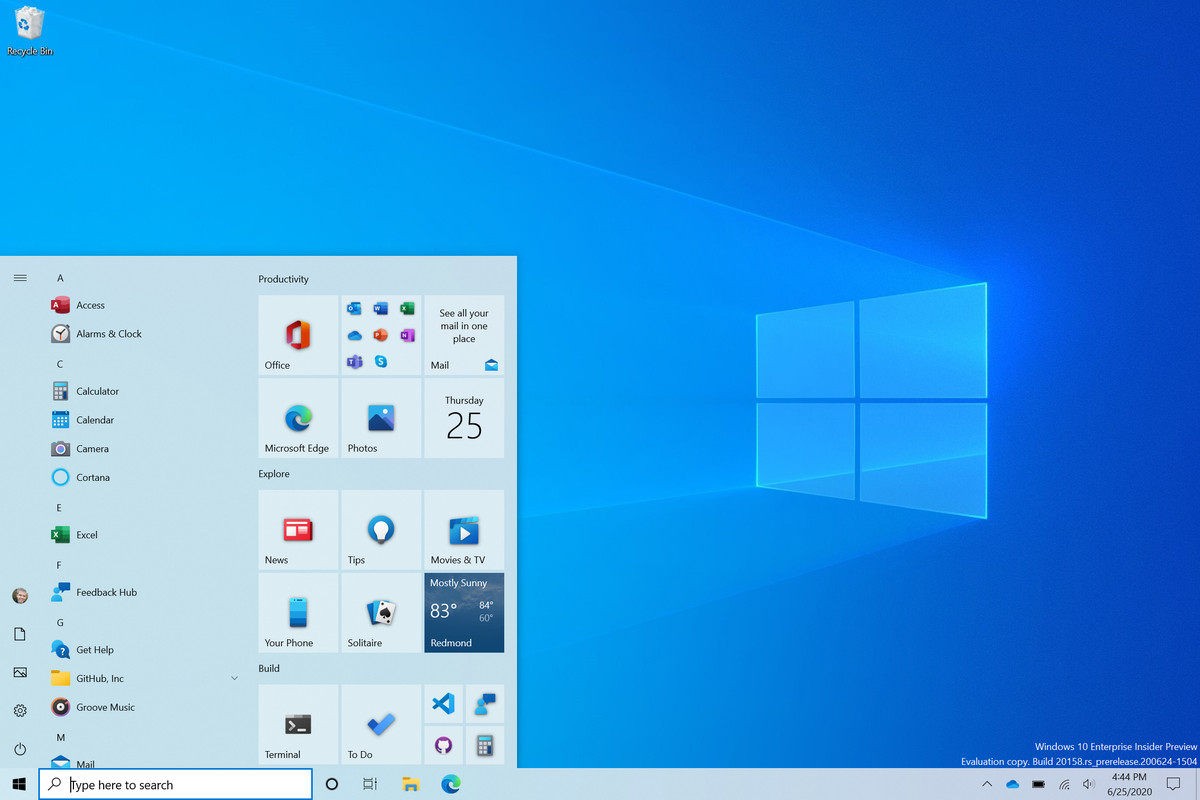
In 2014, Steve Ballmer stepped down as CEO. Satya Nadella became CEO of Microsoft, and on the same day, John.W. Thompson took the role of chairman. He became the second chairman in Microsoft’s history. In 2014, the company acquired Nokia devices and other services for $7.2 billion.
In 2015, Microsoft announced the release of the first whiteboard. Later, Microsoft became the third-largest maker of mobile phones and sold 33 million units. In 2016, Microsoft announced the union of PC and Xbox divisions.
In 2017, Microsoft showcased Intune for Education at the BETT 201 education technology conference in London. In 2016, Microsoft announced a project named Microsoft Azure Information Protection. The project aimed to help businesses protect their data as it transfers devices and servers. Later, Microsoft joined the Linux Foundation as a member during Microsoft’s Connect.
The history of Microsoft describes its products and services and how they are beneficial for end-users. In 2018. Microsoft patched to configure CPU problems related to Intel’s Meltdown security breach. Later, the same year, Microsoft released PowerShell Core 6.0 for the macOS and Linux operating system. In March, Microsoft recalled Windows 10 S to change it to a mode for the Windows operating system and not a unique operating system.
In 2018, Toyota Tsusho Corporation initiated a partnership with Microsoft and created fish farming tools using the Microsoft application suite for the Internet of Things (IoT). In 2018, Microsoft discontinued Skype services, and the next month joined the Open Intervention Network community even after having 60,000 patents. In 2018, the company announced Project Mu, an open-source release of the Unified Extensible Firmware Interface core used in Microsoft Surface and Hyper-V products.
Acquisitions, Xbox Series X/S (2020-Present)
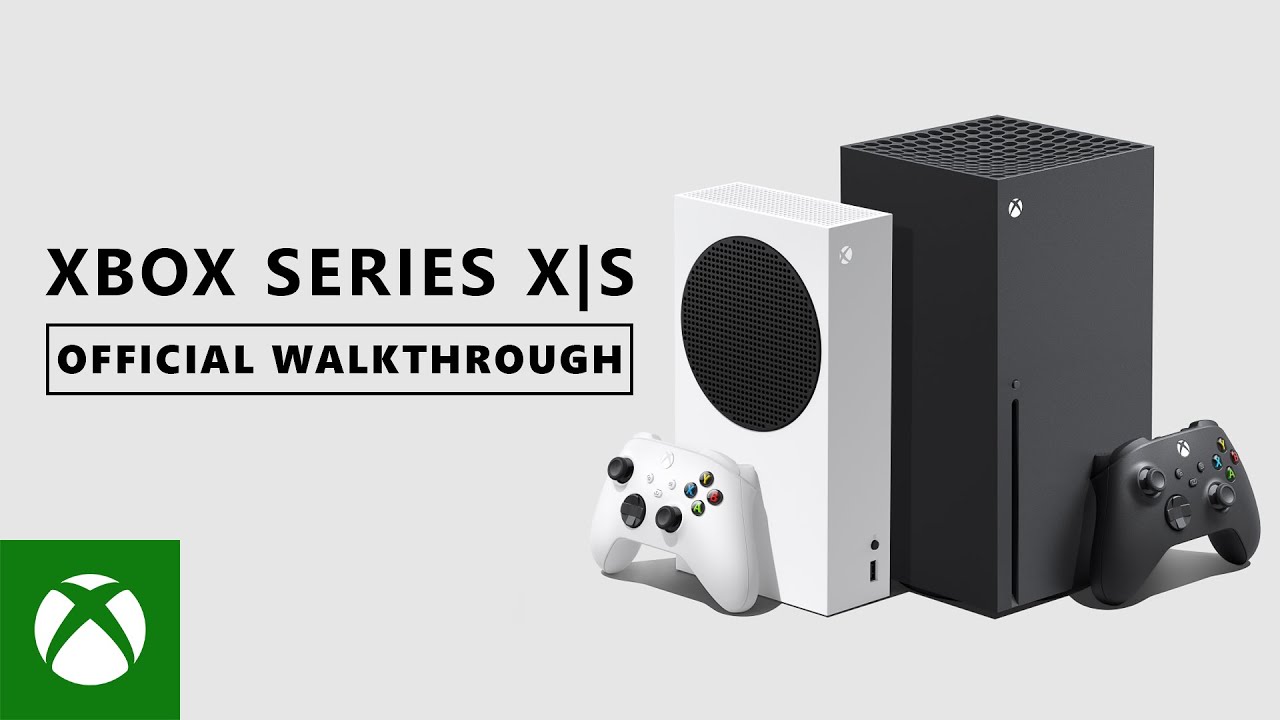
In 2020, Microsoft announced it was acquiring affirmed networks for over $1.35 billion. In July 2020, the company announced plans to close its mixer services and planned to move partners to Facebook Gaming. In August, the company stopped its xCloud game streaming test for iOS devices.
Later, Microsoft announced its intent to ZeniMax Media for over $7.4 billion. In September 2020, Microsoft announced that it had a license to use Open AI’s GPT-3 artificial intelligence language generator. In April 2021, the company said that it would buy Nuance communication for over $16 billion in cash.
Final Words
Everyone who uses the computer uses Microsoft services for multiple applications. The history of Microsoft has given us an insight into the company’s services a little better. Do you know any facts about Microsoft and its services? If so, then share them below.
Popular Posts
12 Amazing Ghetto Cars That are Perfect for Driving on Paved & Gravel Paths
Ghetto cars are the low-end cars people leave off on a highway or street. Here are the stylish versions of such cars that are a choice of the next generation.
Still Unfold
Amazing Black Hawk Helicopters: Design, Features & Facts
The Sikorsky UH-60 Black Hawk is twin engine, medium lift, and four-bladed helicopters manufactured by Sikorsky aircraft that ha...
Augustus Perez
Young Scientists Develop Bacteria to Stop Plastic Pollution! Know How
To stop plastic pollution, two students engineered a bacterium that could transform plastic into usable compounds. Read the full story here.
Kevin Green







